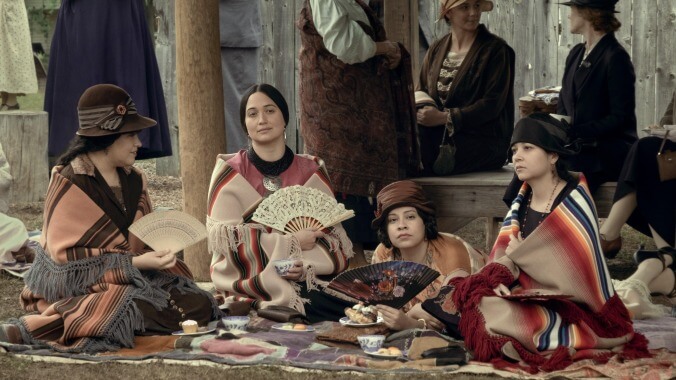Osage crew members offer some measured critiques of Killers Of The Flower Moon
Martin Scorsese's Killers Of The Flower Moon, premiering October 20, earned the trust of Osage Nation even if it is imperfect

Killers Of The Flower Moon, Martin Scorsese’s highly anticipated historical tragedy, will finally premiere in theaters on October 20. Based on the book of the same name by David Gann, the story concerns the “Reign of Terror,” the murder of dozens of members of the Osage Nation in the 1920s. Scorsese worked closely with the Osage to craft the film, and clearly established trust and respect with the tribe. Of course, that doesn’t make the movie completely above reproach.
“I was nervous about the release of the film. Now that I’ve seen it, I have some strong opinions. As an Osage, I really wanted this to be from the perspective of Mollie and what her family experienced, but I think it would take an Osage to do that,” Christopher Cote, the movie’s Osage language consultant, told The Hollywood Reporter on the red carpet. “Martin Scorsese, not being Osage, I think he did a great job representing our people, but this history is being told almost from the perspective of Ernest Burkhart and they kind of give him this conscience and kind of depict that there’s love. But when somebody conspires to murder your entire family, that’s not love. That’s not love, that’s just beyond abuse.”
